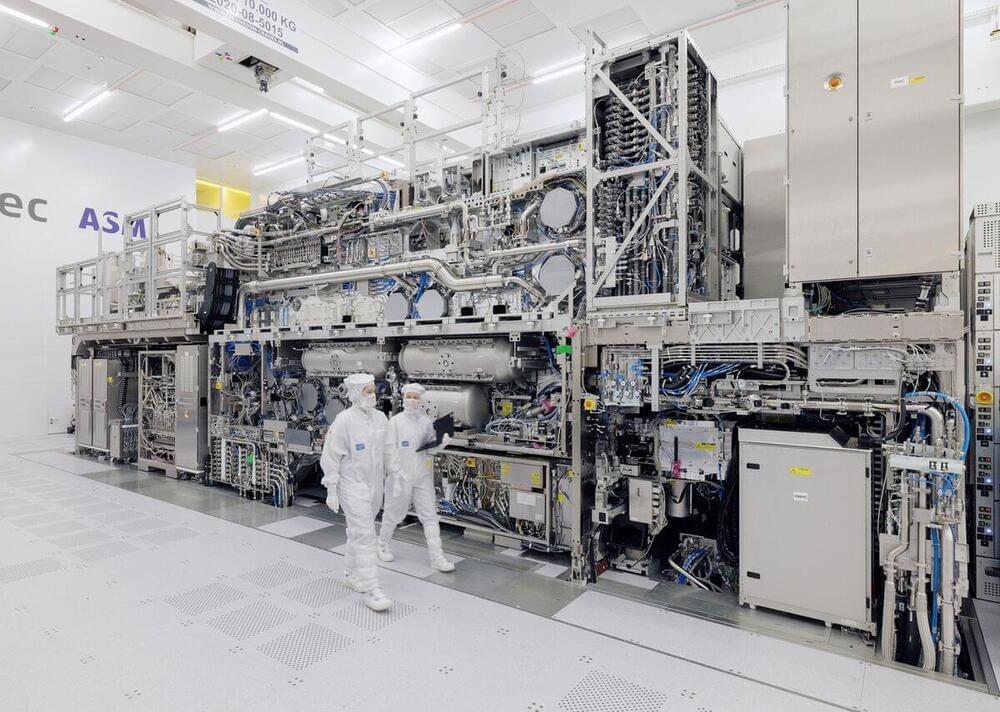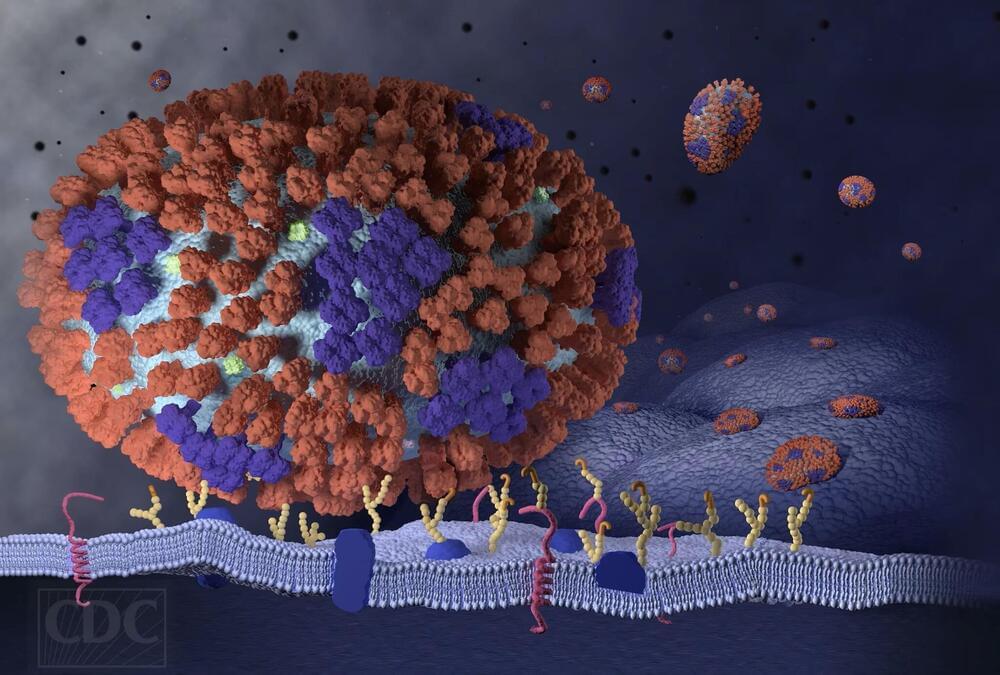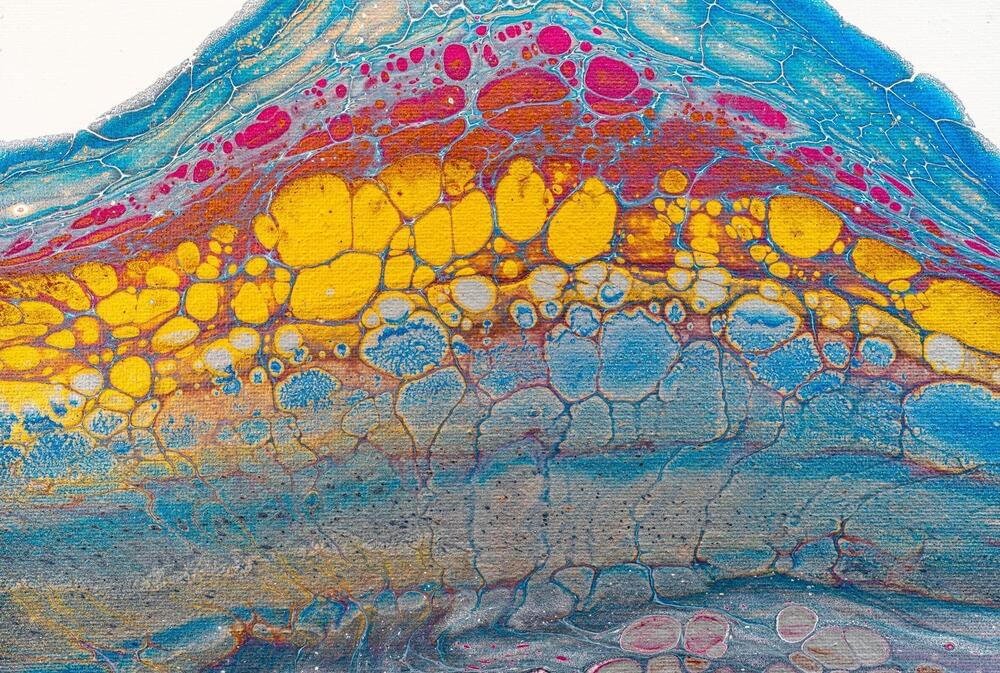Consciousness appears to arise naturally as a result of a brain maximizing its information content. So says a group of scientists in Canada and France, which has studied how the electrical activity in people’s brains varies according to individuals’ conscious states. The researchers find that normal waking states are associated with maximum values of what they call a brain’s “entropy”
Statistical mechanics is very good at explaining the macroscopic thermodynamic properties of physical systems in terms of the behaviour of those systems’ microscopic constituent particles. Emboldened by this success, physicists have increasingly been trying to do a similar thing with the brain: namely, using statistical mechanics to model networks of neurons. Key to this has been the study of synchronization – how the electrical activity of one set of neurons can oscillate in phase with that of another set. Synchronization in turn implies that those sets of neurons are physically tied to one another, just as oscillating physical systems, such as pendulums, become synchronized when they are connected together.
The latest work stems from the observation that consciousness, or at least the proper functioning of brains, is associated not with high or even low degrees of synchronicity between neurons but by middling amounts. Jose Luis Perez Velazquez, a biochemist at the University of Toronto, and colleagues hypothesized that what is maximized during consciousness is not connectivity itself but the number of different ways that a certain degree of connectivity can be achieved.





